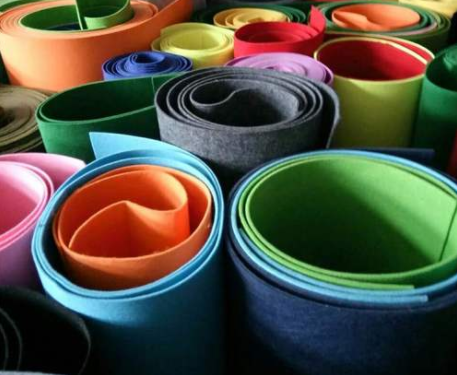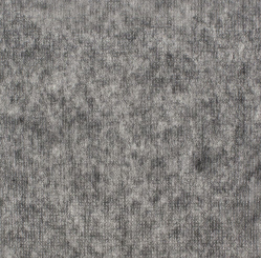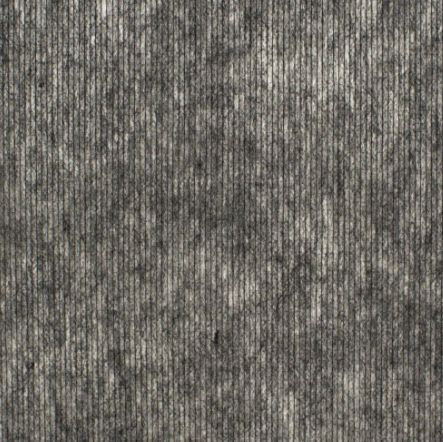History of non-woven fabric

First, the development of non-woven textile industry
By 1998, the world's consumption of non-woven fabrics has reached 2.4 million tons. In 1970, consumption was only 400,000 tons, but by 2007, it is expected to reach 4 million tons. Non-woven fabric manufacturers are mainly concentrated in the United States (41% of the world), Western Europe accounts for 30%, Japan accounts for 8%, China's output only accounts for 3.5% of the world, its consumption is 17.5% of the world, in 2018, China's non-woven output of 5.932 million tons, accounting for 37.91% of the global total, the world's largest capacity.

Man-made fibres still dominate non-woven production, and this is unlikely to change much until 2007. Of the fibers used in the production of non-woven fabrics worldwide, 63% are polypropylene, 23% polyester, 8% viscose, 2% acrylic, 1.5% polyamide, and the remaining 3% are other fibers.
Non-woven fabrics in health absorption materials, medicine, transportation, shoes with textile materials on the amount of a significant increase.
Two, non-woven production and consumption
The global consumption of non-woven fabric was 800,000 tons in 1983, and grew to 1.1 million tons in 1985, 1.4 million tons in 1988, 2.4 million tons in 1998, and it is expected that its consumption can reach 3.7 million tons in 2005.
The consumption of man-made fibers used in various textile products increased from 16.9 million tons in 1983 to 20.4 million tons in 1988, 30.4 million tons in 1998, and is expected to reach 37 million tons in 2005 and 38.3 million tons in 200The consumption growth rate of artificial fibers in non-woven fabric production is expected to reach 10 per cent by 2005 and 10.4 per cent by 2007. Part of the reason for such rapid growth in non-woven industry consumption is the growth of ancillary industries in China, Southeast Asia, Latin America and the Middle East.
Three, factors affecting the growth rate of non-woven fabrics
All the factors that affect the growth of artificial fiber can more or less have a certain impact on the textile with artificial fiber as raw material, among which the non-woven textile has the greatest impact. The impact of population growth on non-woven fabrics is less than that of other textiles used in apparel category. However, if we consider the important application of non-woven fabrics in baby diapers, population growth is also an important factor. The partial substitution of natural fibres has had a greater impact on textiles, but not on non-woven fabrics, whose production is largely dependent on man-made fibres.

https://www.nbsoco.com/pro-2-63-832.html
The three largest fibers used in non-woven production are polypropylene (62% of the total), polyester (24% of the total) and viscose (8% of the total). During 1970 ~ 1985, viscose fiber was the most widely used in non-woven fabric production. From 2000 to 2005, the application of polypropylene fiber and polyester fiber began to dominate in the field of sanitary absorbent materials and medical textiles. In the early non-woven production market, the use of nylon was high, and since 1998, the use of acrylic fibers has increased, especially in the field of artificial leather manufacturing.
China has a number of large-scale projects, such as the Three Gorges Project, xiaolangdi Project, environmental protection project, western Development and infrastructure construction, which will greatly promote the consumption of geotextiles, filtration materials, waterproof materials and packaging materials. In addition, the increase of domestic consumer income will also strongly stimulate the consumption of various health absorptive products and air filtration materials, medical and health supplies and labor protection stationery. Therefore, China's non-woven industry has great growth potential in the future.